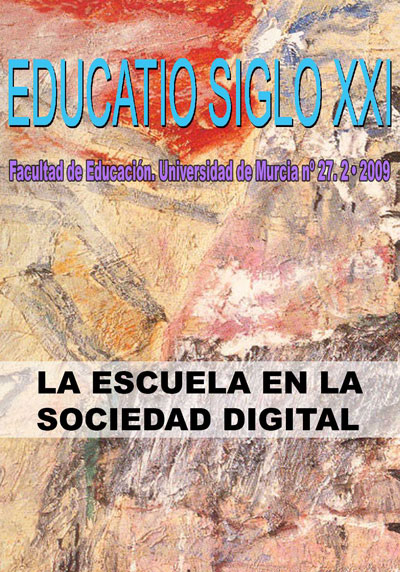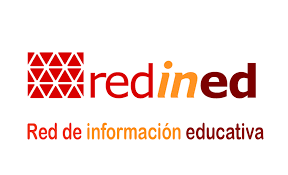Violent Videogames and Its Incidence on Education on Values: Education Centres as Peace-Promoting Agencies
Abstract
A high percentage of existing market videogames have arguments relating to the exercise of physical and psychological violence. Studies show that this type of games are massively used by children and adolescents, what reopens the controversy on the possible influence in shaping of their personality and, in particular in the construction of the scale of values that guide their present and future conduct as citizens.
This work contains partial results of a recent investigation in which adult players relating to the world of education (future teachers in training) analyzed critically the axiological component of a very important group of video-games which are important in the sales lists. For that purpose, a very specific scale has been used, with indicators related to the argument, the initial and final videos, the protagonists’s behaviour, the scenography, clothes, actions and partial and final results obtained by players.
Downloads
-
Abstract1088
-
PDF (Español (España))729
Original work publishes in this journal is subject to the following terms:
1. Murcia University Press (the publishing house) holds the copyright of the publishes work, and favours and allows their reutilization under the use license stated in point 2.
© Servicio de Publicaciones, Universidad de Murcia, 2015
2. Work is published in the electronic edition under a license (Creative Commons Reconocimiento-NoComercial-SinObraDerivada 4.0 España (legal text). They can be copied, used, disseminated, transmitted and publicly presented, as long as: i) authorship and original publication source is acknowledged (journal, publishing house and URL of the work); ii) are not used for commercial purposes; iii) the existence and specifications of this use license is stated.
3. Conditions for self-archive. Authors are allowed and encouraged to disseminate electronically the pre-pint (before review) and/or post-print (accepted for publication) versions of their work before their publication since that favours earlier circulation and dissemination resulting in an increased chance for the authors to be cited and for the work to reach a bigger share of the academic community. Colour: RoMEO: green.








